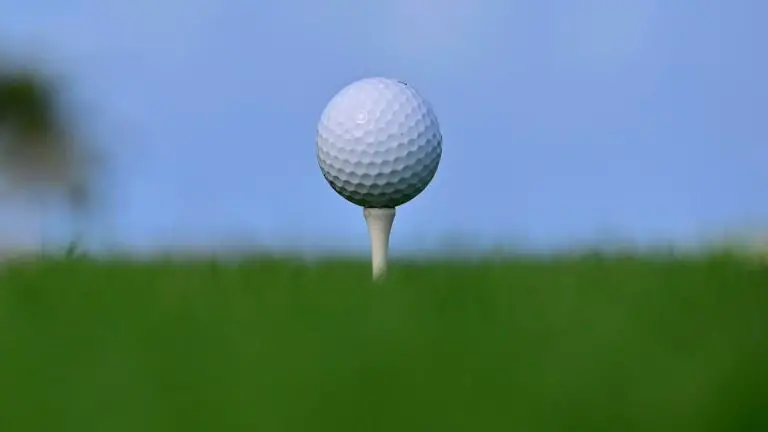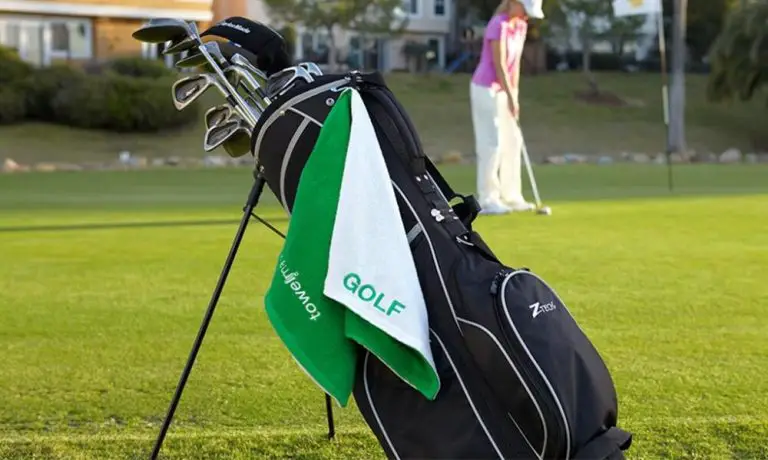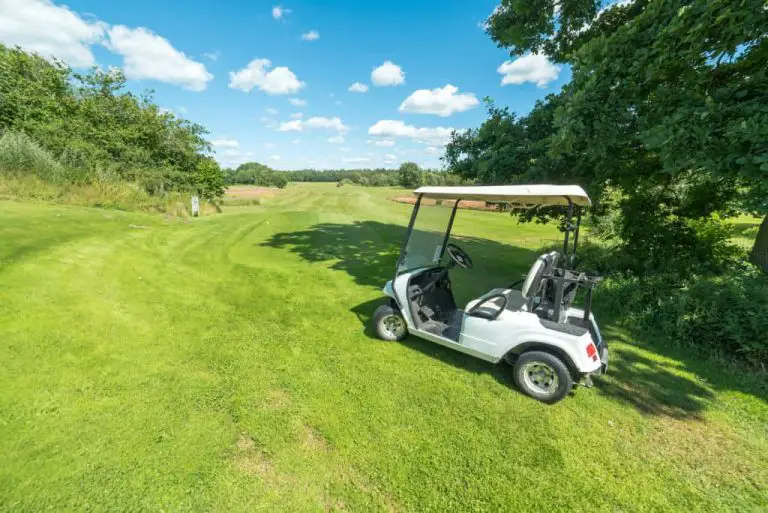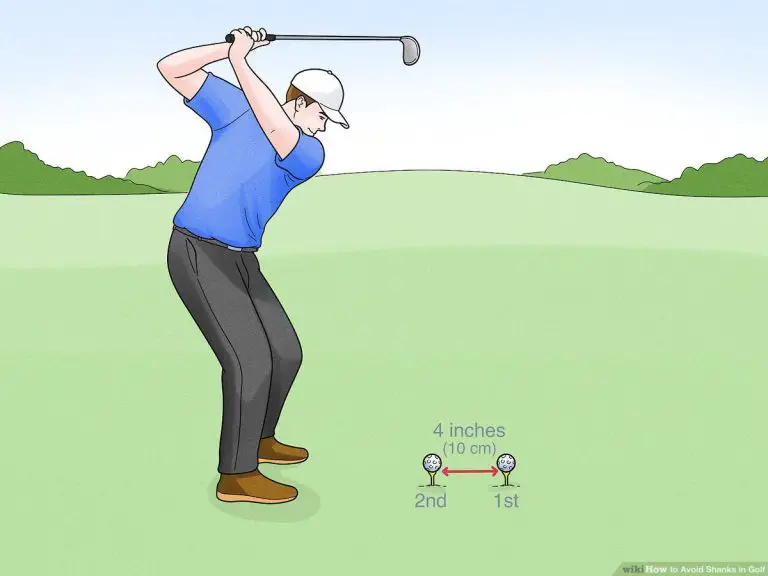How Long Do Golf Shoes Last
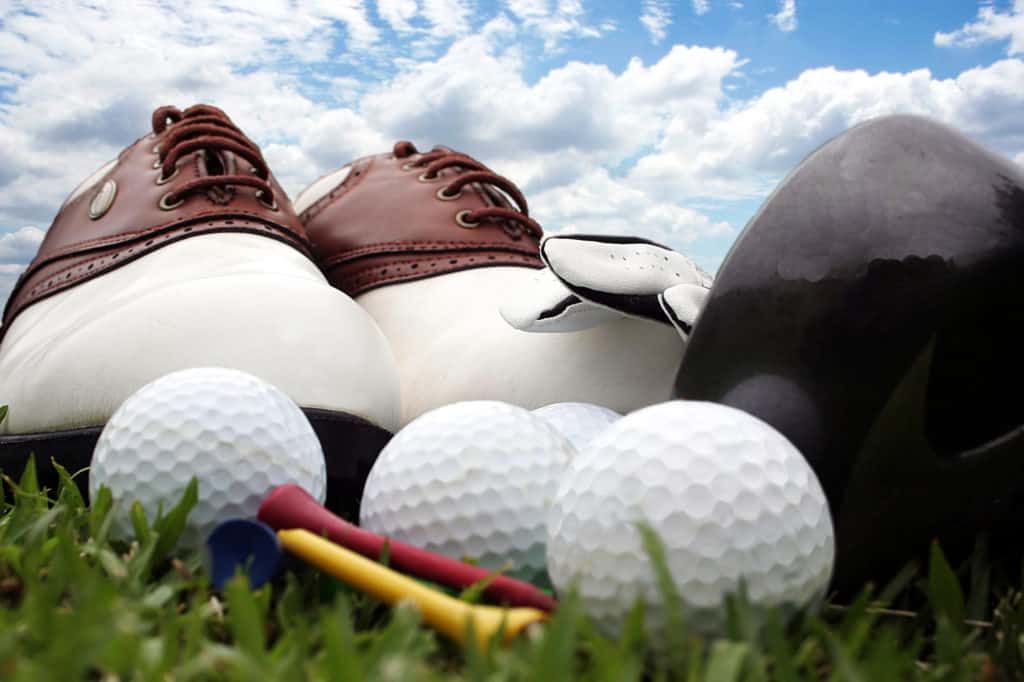
When it comes to golf, having the right equipment is essential for success on the course, and golf shoes are no exception. Golf shoes provide the necessary stability, traction, and comfort to help golfers perform their best. However, like any piece of sports equipment, golf shoes have a lifespan, and understanding how long they typically last is crucial for both performance and budget considerations.
In this informative guide, we will explore the topic of how long golf shoes last. We will delve into the factors that influence the lifespan of golf shoes, signs that indicate it’s time for a replacement, average lifespans based on usage patterns, and tips to maximize the longevity of your golf shoes. Whether you’re a seasoned golfer or just starting out, understanding the lifespan of your golf shoes will allow you to plan for replacements, ensure optimal performance, and make informed decisions when it’s time for an upgrade.
So, lace up your golf shoes and join us as we uncover the secrets to understanding the lifespan of these crucial pieces of golfing equipment. Let’s dive into the world of golf shoes and discover how to make them last on the fairways and greens.
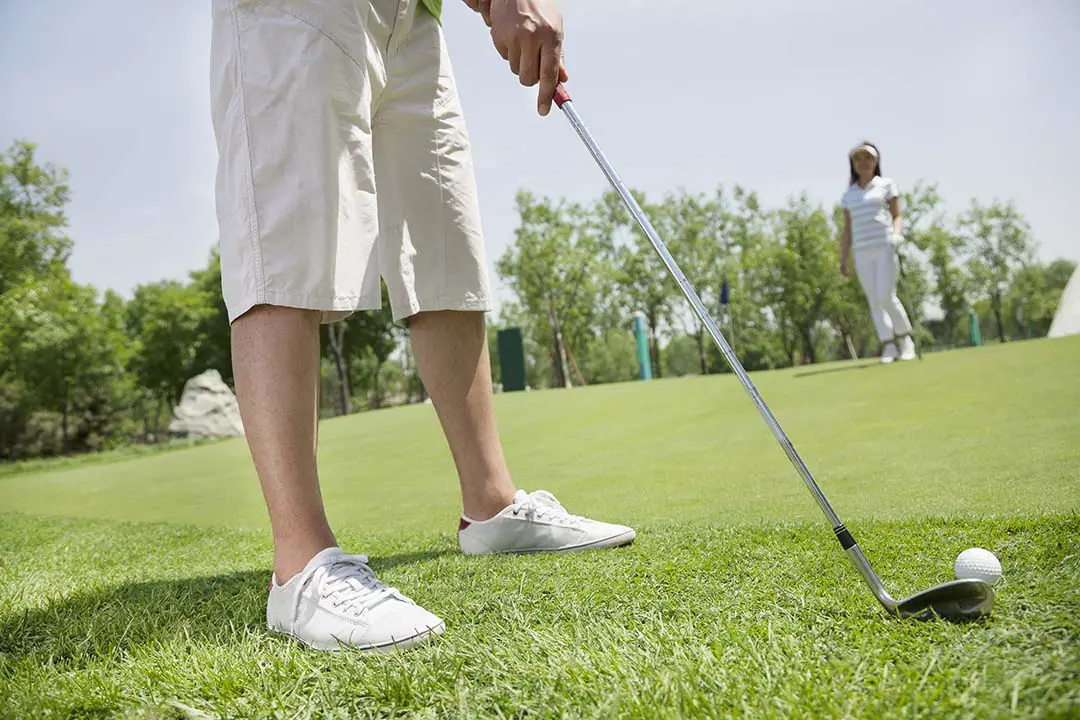
Understanding Golf Shoes
Before delving into their lifespan, let’s have a brief overview of what golf shoes are and why they are important for golfers. Golf shoes are specially designed footwear that provides specific features to enhance a golfer’s performance. They typically have spikes or specially designed soles that offer traction and stability during swings and while walking on the course. Golf shoes come in various styles, including spiked and spikeless options, each with its own benefits and considerations.
Factors Affecting the Lifespan of Golf Shoes
Several factors contribute to the lifespan of golf shoes. Understanding these factors can help golfers make informed decisions and take proper care of their shoes to extend their longevity. Let’s explore the key factors below:
Quality of Materials
The quality of materials used in the construction of golf shoes significantly impacts their durability and lifespan. High-quality materials, such as premium leather or synthetic fabrics, are often more durable and resistant to wear and tear. The choice of materials also affects factors such as water resistance, breathability, and overall comfort. Investing in golf shoes made from high-quality materials can contribute to a longer lifespan.
Frequency and Intensity of Use
The frequency and intensity of use play a crucial role in determining how long golf shoes will last. Golfers who play more frequently or engage in rigorous practice sessions may experience faster wear and tear on their shoes compared to occasional golfers. Additionally, playing in challenging conditions, such as wet or muddy courses, can put additional strain on the shoes and potentially shorten their lifespan. Consider the level of your golfing activities and adjust your expectations accordingly.
Care and Maintenance
Proper care and maintenance can significantly extend the lifespan of golf shoes. Regular cleaning and drying after each round help remove dirt, grass, and moisture that can contribute to deterioration. Inspecting the shoes for any signs of damage, such as loose stitching or worn-out soles, allows for timely repairs or replacements. Storing golf shoes in a cool and dry place, away from extreme temperatures or humidity, helps preserve their condition.
Signs of Wear and Aging
As golf shoes age, they will exhibit signs of wear and aging. Recognizing these signs is important to assess the condition of your shoes and determine when it might be time for a replacement. Here are some common signs to watch out for:
Tread Wear
The tread of golf shoes plays a vital role in providing traction on the course. Over time, the tread can wear down, compromising the shoe’s grip and stability. Inspect the tread regularly for signs of significant wear, such as smooth or flattened areas. When the tread is worn, it’s time to consider replacing the shoes to maintain optimal performance and safety on the course.
Sole Integrity
The sole of the golf shoe is responsible for cushioning, support, and overall comfort. As the shoes age, the sole may start to show signs of deterioration, such as cracks or separation from the upper part. A compromised sole can affect the shoe’s performance and potentially lead to discomfort or instability during the swing. If you notice significant damage or deterioration in the sole, it’s a clear indication that it’s time for new golf shoes.
Upper Wear and Tear
The upper part of golf shoes, including the material covering the foot and the lacing system, can also show signs of wear and tear over time. Inspect the upper for any visible damage, such as frayed stitching, tears, or worn-out areas. Additionally, pay attention to the overall fit and support provided by the upper. If you notice a significant decrease in support or discomfort due to wear and tear, it may be a sign that your golf shoes have reached the end of their lifespan.
Average Lifespan of Golf Shoes
While the lifespan of golf shoes can vary depending on several factors, including quality, usage, and maintenance, it’s helpful to have a general understanding of their average lifespan. Keep in mind that these are estimates and individual experiences may vary. The following provides a rough guideline:
- Recreational Golfers: For golfers who play casually or infrequently, golf shoes can last anywhere from 2 to 4 years. With proper care and maintenance, shoes may last even longer.
- Regular Golfers: Golfers who play multiple times a month or engage in regular practice sessions can expect their golf shoes to last approximately 1 to 2 years. The more frequent and intense the usage, the shorter the lifespan.
- Professional Golfers: Professional golfers who play and practice intensively may need to replace their golf shoes more frequently, typically within 6 to 12 months. The demanding nature of their activities requires optimal performance from their footwear.
It’s important to note that these estimates are influenced by personal factors such as swing mechanics, body weight, and playing conditions. Monitoring the signs of wear and assessing comfort and performance regularly will help determine when it’s time to invest in a new pair of golf shoes.
Maximizing the Lifespan of Golf Shoes
While the lifespan of golf shoes is influenced by various factors, there are steps you can take to maximize their longevity. Here are some practical tips to help you extend the lifespan of your golf shoes:
1. Rotate Between Multiple Pairs
Consider having more than one pair of golf shoes and rotate them during your rounds or practice sessions. This allows each pair to have time to dry and recover between uses, reducing the accumulation of moisture and minimizing wear on any single pair. Rotating your shoes can also distribute the forces exerted on the shoes more evenly, potentially prolonging their lifespan.
2. Clean and Dry Them Properly
After each round of golf, clean your shoes by removing any dirt, grass, or debris that may have accumulated. Use a soft brush or cloth to gently clean the upper and the sole. Pay special attention to the treads and ensure they are free from dirt and mud, as caked-on debris can affect traction.
Once cleaned, allow your shoes to air dry in a well-ventilated area. Avoid direct sunlight or heat sources, as excessive heat can damage the materials. Stuffing the shoes with newspaper or using shoe trees can help maintain their shape and promote faster drying.
3. Store Them Carefully
Proper storage is essential to maintain the condition of your golf shoes. Avoid storing them in a damp or humid environment, as this can promote mold growth and damage the materials. Instead, keep them in a cool, dry place with adequate airflow. Shoe bags or boxes can offer protection against dust and help preserve the shape of the shoes.
4. Replace Spikes When Necessary
If your golf shoes have removable spikes, periodically check their condition and replace them as needed. Worn-down or damaged spikes can affect traction and stability on the course. Most manufacturers provide replacement spikes that can be easily installed using a spike wrench.
5. Consult a Professional for Repairs
If you notice significant damage or issues with your golf shoes, such as sole separation or stitching problems, it’s advisable to consult a professional shoe repair service. They can assess the damage and provide appropriate repairs to extend the lifespan of your shoes. It’s often more cost-effective to repair minor issues rather than investing in a new pair of golf shoes.
Conclusion
Knowing how long golf shoes typically last and understanding the factors that affect their lifespan is essential for golfers who want to optimize their performance and make informed decisions about their footwear. By considering factors such as material quality, frequency of use, and proper care, you can extend the lifespan of your golf shoes and ensure a comfortable and stable experience on the golf course.
Remember to regularly inspect your golf shoes for signs of wear, including tread wear, sole integrity, and upper wear and tear. When you notice significant deterioration or discomfort, it’s time to consider replacing your shoes. By following maintenance practices such as cleaning, drying, and proper storage, you can maximize the lifespan of your golf shoes and get the most out of your investment.
Investing in a high-quality pair of golf shoes and taking care of them will not only enhance your performance but also provide the comfort and support you need during your rounds. So, keep an eye on the condition of your golf shoes and enjoy many rounds of golf with confidence and style.

